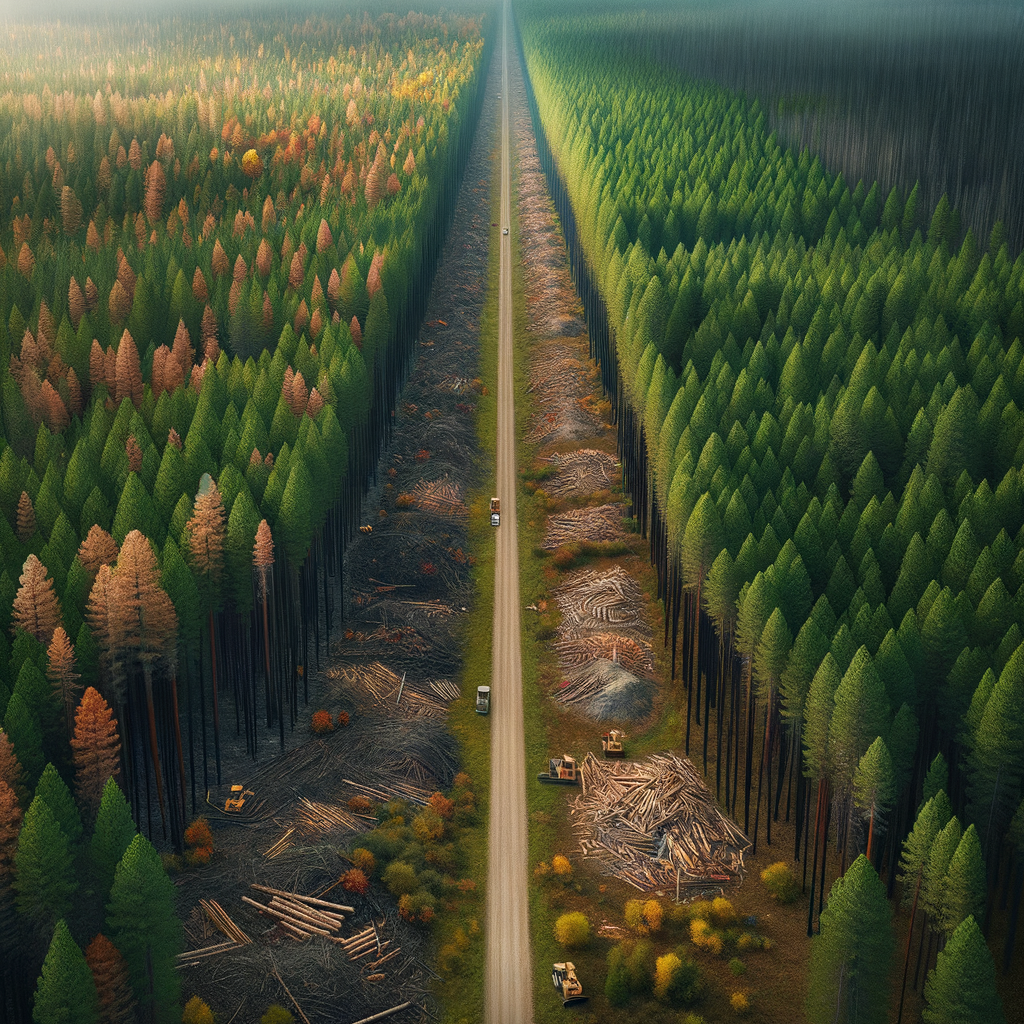Microhabitat Creation Tips Insights for November
I have always been drawn to the subtle beauty of nature and the small spaces where life bursts forth against all odds. Creating microhabitats—tiny, vibrant ecosystems tailored to local species—is one of the most rewarding ways to bring wildlife closer to home. In this blog post, I want to share practical tips for microhabitat creation that anyone can apply in November. Whether you have a balcony, backyard, or community garden, these insights will help you foster pockets of nature that buzz with life.
What Is a Microhabitat and Why Should You Care?
A microhabitat is a small area that provides the conditions necessary for specific plants, animals, or insects to thrive. They might be as modest as a damp log, a cluster of native flowers, or a pile of rocks. These tiny spaces create shelter, food sources, and breeding grounds for diverse species. By focusing on microhabitats, we support biodiversity right where we live and work, even if larger natural spaces are scarce.
In November, as temperatures drop and many plants go dormant, creating and maintaining microhabitats is especially important. It helps wildlife survive the colder months and prepares them for a vibrant spring.
Why Create Microhabitats This November?
Late autumn is a crucial time to set the stage for wildlife success in the coming seasons. Many animals are looking for shelter and food to last through winter. Plants benefit from protective layers that preserve soil and moisture. Plus, November opportunities for microhabitat creation align well with seasonal garden care, making it an ideal moment to act.
By nurturing microhabitats now, you provide much-needed refuge for birds, pollinators, amphibians, and beneficial insects. Those small, intentional choices ripple outward, contributing to healthier local ecosystems.
My Journey Into Microhabitat Creation
I still remember my first attempt at building a microhabitat. It started with a simple pile of fallen branches and leaves in a corner of my garden. I wanted to offer shelter for hedgehogs and insects during chilly nights. Over time, that humble pile transformed into a buzzing hotspot—froglets appeared nearby, and bees began visiting native flowers planted around it.
This experience taught me that microhabitats don’t require grand gestures. Even the smallest efforts, done thoughtfully, make a genuine difference.
Practical Tips for Microhabitat Creation in November
Here are some actionable steps to design and nurture microhabitats this month:
1. Collect Natural Materials
Gather fallen leaves, small branches, pine cones, and bark. These create hiding spots and insulating layers. Use them to build brush piles, leaf litter mounds, or natural mulch beds. Avoid plastic or synthetic materials that won’t benefit wildlife.
2. Plant Native Shrubs and Wildflowers
Choose species adapted to your local climate and soil. Native plants provide food, shelter, and breeding sites. November is a great time for planting many perennials and shrubs because they establish roots before winter.
3. Create Rock and Log Piles
Stack rocks and fallen logs in sheltered spots. These structures offer ideal refuges for amphibians, reptiles, and insects. Make sure the piles are stable and partially shaded.
4. Maintain Moisture
Microhabitats often need moisture to support life. Use mulch layers to retain soil moisture through dry spells. Consider shallow water features like small ponds or dampened leaf piles to attract amphibians.
5. Avoid Disturbing Established Habitats
When cleaning or tidying your garden, move slowly and observe. Some microhabitats will already host overwintering creatures. Preserve these pockets by leaving some areas undisturbed through the colder months.
6. Limit Lawn Mowing and Chemical Use
Frequent mowing and chemicals reduce available food and shelter. Allow clumps of native grasses or wildflower patches to persist. Reduce pesticide and herbicide use to protect insect populations.
Common Challenges You May Face
Microhabitat creation is incredibly rewarding but comes with considerations. Urban environments may limit space and natural materials. Invasive species can take advantage of disturbed soil. Also, balancing aesthetic goals with wildlife needs requires patience and sometimes letting go of some gardener control.
Tracking changes is important. Some microhabitats evolve quickly, while others take years to fully support wildlife. Be flexible and willing to adjust based on observation.
Success Stories That Keep Me Inspired
In one community garden I work with, a small wetland microhabitat was established by lowering a shallow depression and planting moisture-loving natives. Over just one season, frogs, dragonflies, and birds arrived. It became a natural classroom and a local hotspot for biodiversity.
Similarly, a simple rock pile and native shrub corner in my own backyard has become a favorite nesting site for solitary bees. Witnessing these small successes reminds me why microhabitats matter.
How You Can Get Started Today
No matter your experience, space, or resources, you can contribute to creating microhabitats this November:
- Start small: Collect natural materials on walks to build brush piles.
- Plant natives: Visit local native plant nurseries or order seeds online.
- Join groups: Volunteer with conservation or gardening groups focused on habitat creation.
- Observe and learn: Keep a nature journal to track wildlife visiting your microhabitats.
- Spread the word: Share your experiences with neighbors and peers to inspire a community effort.
Final Thoughts
Creating microhabitats is a deeply satisfying way to partner with nature. November offers a perfect window to prepare your outdoor spaces for winter shelter and spring renewal. Every pile of leaves, every native plant, and every drop of water you provide builds a stepping stone for wildlife to thrive.
I invite you to take these tips and make your own meaningful impact. Together, through small but purposeful actions, we can ensure that nature not only survives but flourishes in our neighborhoods and beyond.
If you want more detailed guidance or recommendations on native plants suited for your region, feel free to reach out or connect with local conservation organizations. Let us work together to create vibrant microhabitats that bring nature’s magic to life all year round.



